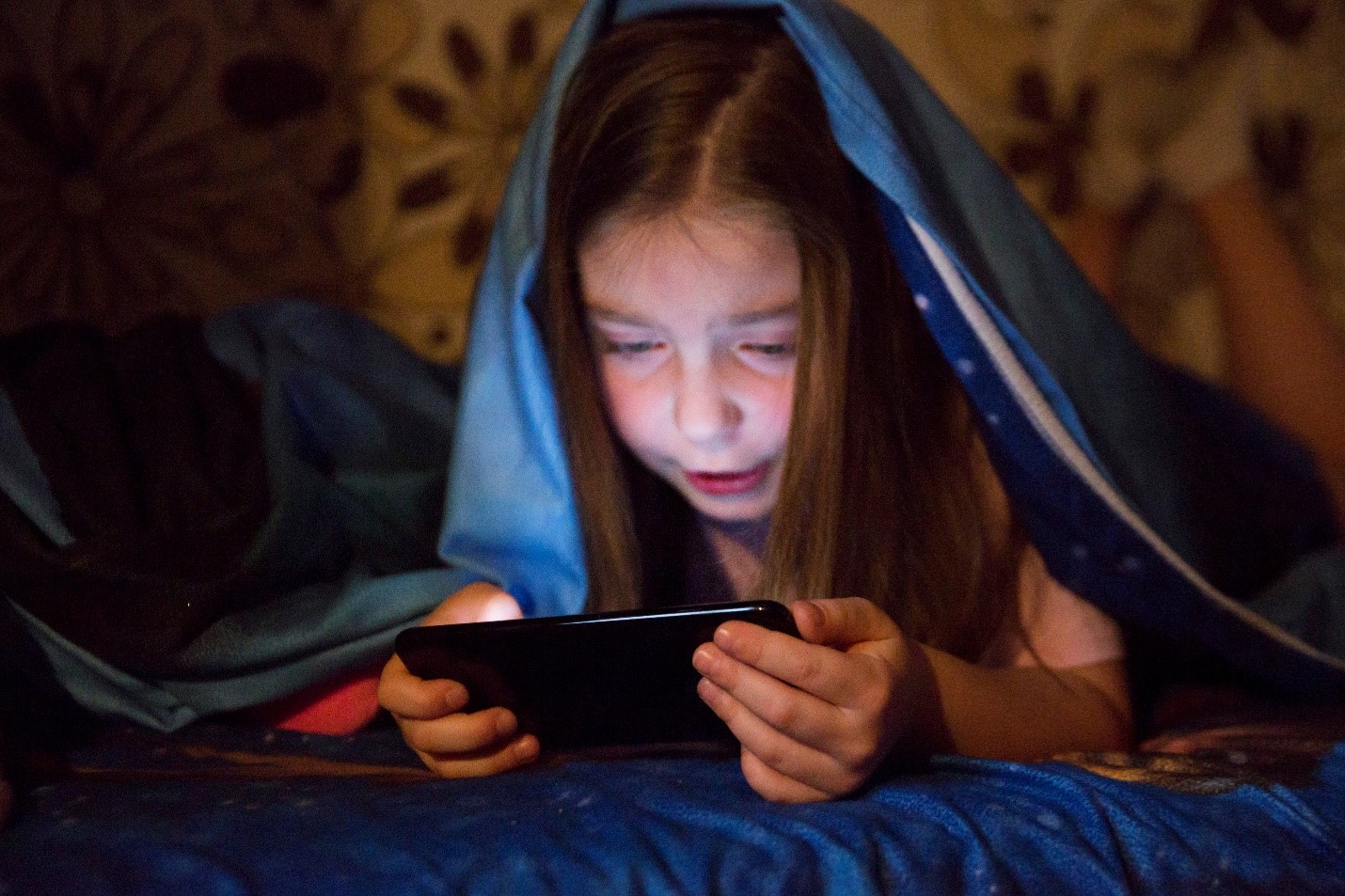The Screen‑Stress Loop
Smartphones deliver connection and creativity, but they also offer endless comparison, late‑night pings, and hard‑to‑escape conflict. Brain‑imaging studies reveal that social‑media likes fire the same dopamine circuits as sugar and gambling.¹ Younger brains—still pruning and rewiring—are particularly sensitive. Add sleep loss from blue‑light exposure, and the result can be a feedback loop of anxiety, irritability, and low self‑esteem.
Fast fact: Teens who scroll more than three hours daily have double the risk of internalising disorders such as anxiety and depression, according to a 2023 JAMA Network Open cohort study.²
How Phones Affect Developing Brains
| Impact Area | What Happens | Long‑Term Risk |
| Sleep | Blue light suppresses melatonin; late bedtime | Fatigue, mood swings, poor grades |
| Mood | Constant peer ranking spikes cortisol | Social anxiety, negative self‑image |
| Attention | Rapid alerts fragment focus | Decline in sustained study sessions |
| Safety | Online bullying and predators | Self‑harm thoughts, risky meet‑ups |
For a deeper dive into screen effects on brain chemistry, see the American Psychological Association’s Health Advisory on Social Media Use (2024).³
Warning Signs Your Teen Is Struggling
- Big drop in grades or withdrawal from favourite sports
- Flipped sleep schedule and morning headaches
- Eating less (or far more) while scrolling
- Secretive phone use, multiple hidden accounts
- Sudden bursts of anger when Wi‑Fi is limited
- “Nothing to post is ever good enough” talk
If two or more persist for two weeks, start a calm conversation and consider professional guidance.
Five Evidence‑Based Phone Rules That Work
1. Charge Overnight in a Neutral Zone
A small kitchen basket stops 2 a.m. doom‑scrolling and preserves melatonin. The Sleep Foundation links device‑free bedrooms to an extra 45 minutes of nightly rest.⁴
2. Use Built‑In Screen‑Time Reports
Both iOS Screen Time and Android Digital Wellbeing show daily totals and most‑used apps. Review together on Sundays; agree on target reductions in 15‑minute increments.
3. Green‑Light, Yellow‑Light, Red‑Light Apps
Classify platforms by value:
Green – school portals, language podcasts
Yellow – casual games, YouTube tutorials (time‑limited)
Red – anonymous chat, calorie‑tracking forums.
Clear rules remove “you’re ruining my life” drama.
4. Schedule Social Detox Blocks
Try a 24‑hour weekend detox each month. A 2024 British study found that even a single off‑grid day lowered stress hormones by 23 percent and revived real‑life friendships.⁵
5. Role‑Model Boundaries
Parents who put phones face‑down at dinner see better teen compliance. Mirror neurons make healthy habits contagious.
Talking About Screens Without a Fight
Open‑ended starter:
“I noticed TikTok kept you up until midnight. How did you feel in class today?”
Tips
- Listen first; avoid the lecture reflex.
- Validate emotions (“I get that group chats feel important”).
- Collaborate on limits instead of dictating.
- Offer swaps: music jam, evening hoops, or cooking a new recipe.
Need framing help? The Common Sense Media Family Media Agreement offers free templates to co‑write device rules.
Myth‑Busting Corner
Myth 1: “All screen time is bad.”
Reality: structured, educational content boosts vocabulary, especially in language‑immersion apps.
Myth 2: “Girls stress more about social media than boys.”
Reality: Boys show similar anxiety levels—often through gaming or crypto‑chat FOMO.
Myth 3: “Monitoring apps kill trust.”
Reality: Transparent, age‑appropriate monitoring paired with conversation builds more trust by setting clear safety nets.
When to Seek Professional Help
| Red Flag | Recommended Action |
| Talks about self‑harm or posts dark content | Immediate crisis line or ER |
| Panic attacks after losing phone | Same‑week pediatric visit |
| Skips meals to keep scrolling | Mental‑health referral |
| Cyberbullying with threats | Save evidence, inform school, call police if needed |
Learn how our Teen Well Checks screen for mood, sleep, and online safety.
Practical Family Plan: One‑Week Reset
| Day | Goal | Tactic |
| Mon | Audit screen‑time report | Screenshot daily totals |
| Tue | Move charging station | Agree on neutral spot |
| Wed | Green‑Yellow‑Red app sort | Delete or time‑limit Reds |
| Thu | Replace 30‑min scroll | Family walk or board game |
| Fri | Screen‑free dinner + movie | Phones off, popcorn on |
| Sat | Digital detox day | Bikes, park, art project |
| Sun | Review stress levels | Adjust goals for Week 2 |
Consistency turns short wins into lifelong habits.
Trusted Resources for Parents & Teens
- Family Media Plan – American Academy of Pediatrics interactive tool.
- HelpGuide’s Teen Stress Toolkit – practical breathing and journaling exercises.
- Cyberbullying Research Center – legal steps and school policy templates.
All links open in new tabs and are vetted by healthcare professionals.
Peace of Mind Starts with a Conversation
Book a confidential teen consult—our San Antonio pediatricians review screen habits, mood, and sleep to craft a personalised plan your family can actually stick to.







